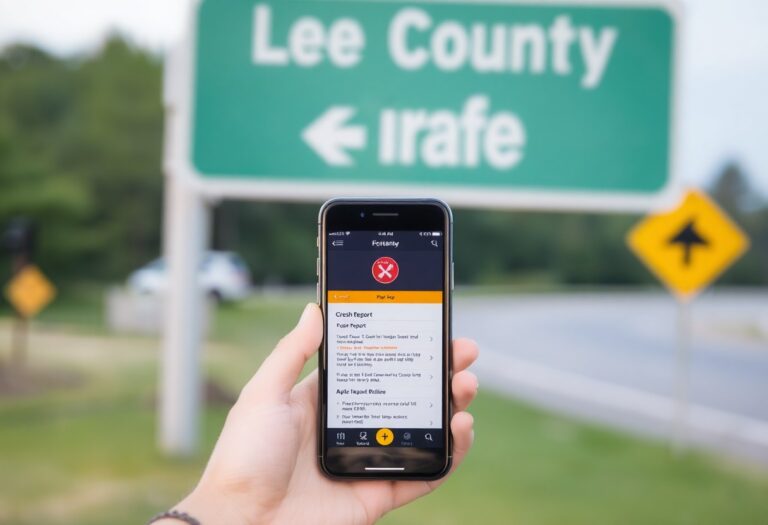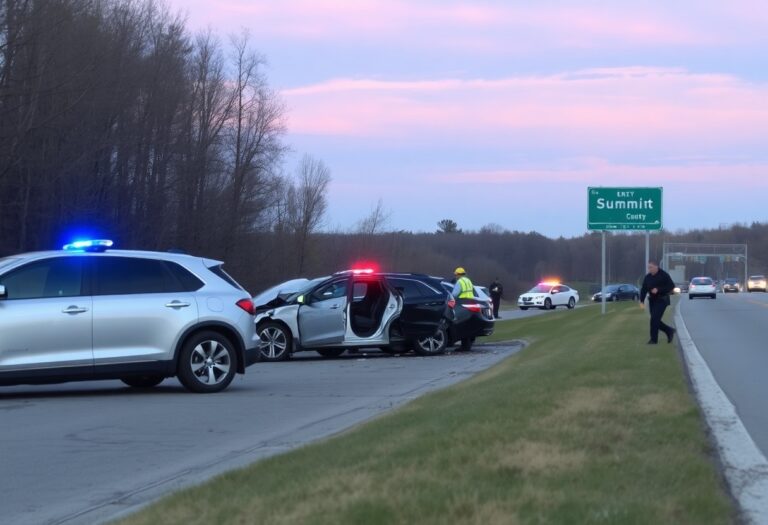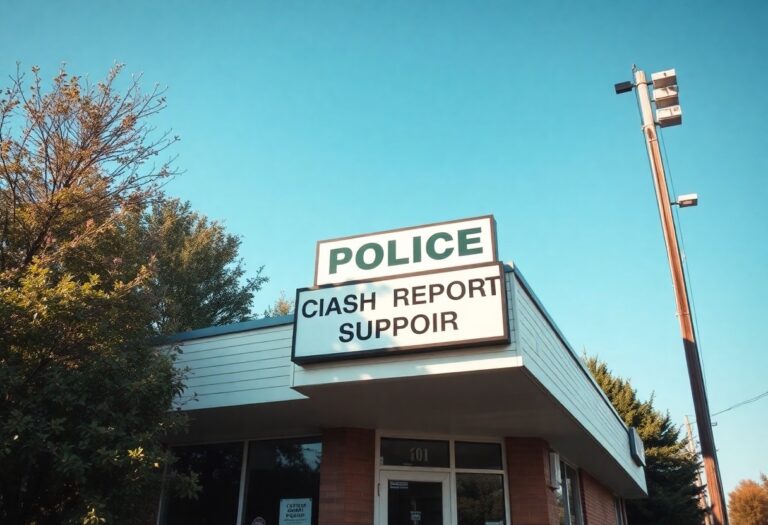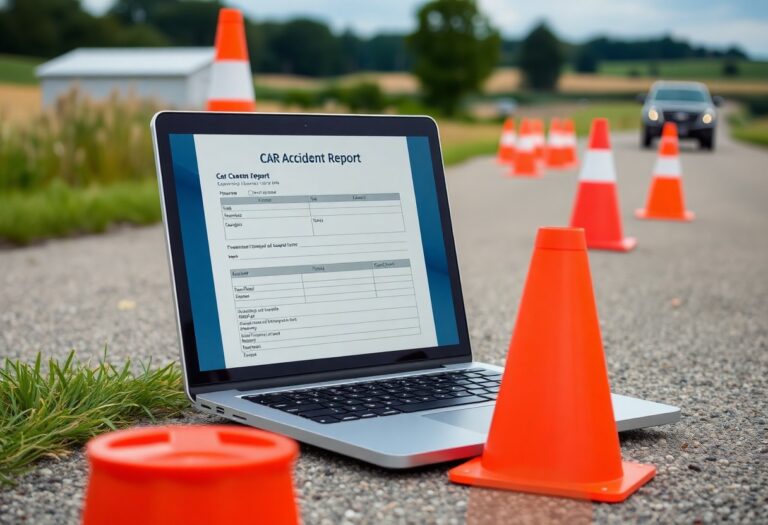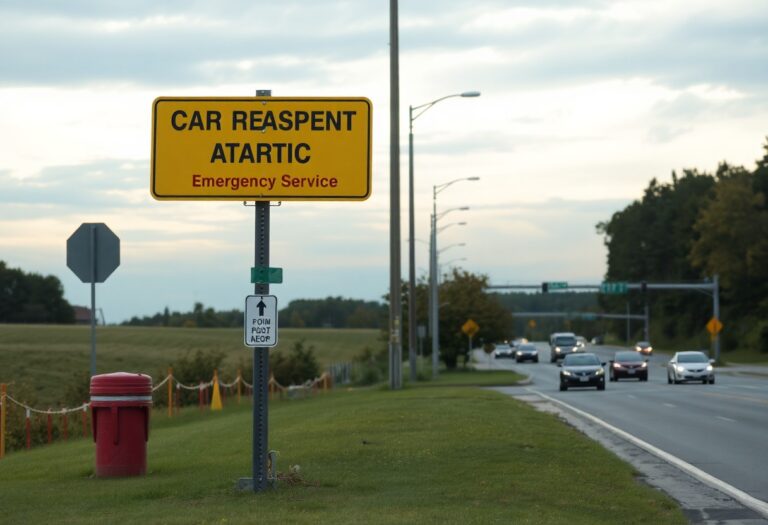Just when you think navigating the aftermath of a car accident can’t get any more complicated, you find yourself needing a crash report. Thankfully, obtaining this important document in Utah County is more straightforward than you might expect. By understanding the process and utilizing online resources, you can access your accident report quickly and efficiently. This guide will walk you through everything you need to know to ease your stress during this challenging time.
Navigating the Crash Report Request Process in Utah County
Securing a crash report in Utah County involves a straightforward process that can be completed online or through official channels. You will need to know which agency is responsible for handling your report, as this can vary depending on the accident’s location and circumstances. By understanding the steps involved, you can ensure a smoother experience and receive your report without unnecessary delays.
Key Agencies and Their Roles
In Utah County, the primary agencies involved in crash report requests include the Utah Highway Patrol, local police departments, and the county sheriff’s office. Each agency has specific jurisdictions and protocols for filing reports. Knowing which agency to contact based on where the accident occurred will streamline your request process significantly.
Required Information for Your Request
To request a crash report, you’ll need to provide certain key details. Information such as the date, time, and location of the accident is crucial, along with the names of the individuals involved. Having your driver’s license number and the vehicle identification number (VIN) on hand can also expedite the process.
Gathering the required information ensures your request is processed efficiently. For instance, the exact date and time of the accident can prevent delays caused by insufficient data. Providing vehicle identification numbers (VINs) and the names of all parties involved will help agencies locate the correct report swiftly. If necessary, double-check your information to ensure accuracy before submitting your request, avoiding any preventable setbacks in receiving your crash report.
Online Resources: Simplifying Your Search
Finding a crash report in Utah County has become significantly easier due to the numerous online resources available. By utilizing official websites and third-party services, you can access the necessary documents with minimal hassle. Streamlined processes not only save time but also reduce the stress often associated with such searches, giving you more time to focus on recovery and other priorities.
Official Websites and Portals
Official websites, like the Utah Department of Public Safety, provide direct access to crash report requests. Through these portals, you can submit your request online, ensuring the process is both efficient and straightforward. Simply input the required information, such as the date of the accident and involved parties, to retrieve your report quickly.
Utilizing Third-Party Services
Third-party services streamline the process of obtaining crash reports even further. These companies often offer user-friendly platforms where you can request and receive your report promptly. Usually, they charge a small convenience fee, but the efficiency gained often outweighs the extra cost.
Many individuals find success with third-party websites like AccuData and CrashReports.com, which compile data from various state databases. These services simplify the navigation, allowing you to search by accident location or date, minimizing the time spent searching through multiple sites. Testimonials highlight their quick response times and user-friendly layouts, making them a reliable choice if you prefer a more hands-off approach.
Common Challenges and How to Overcome Them
Obtaining a crash report can involve several hurdles, particularly due to bureaucratic processes and potential errors. You may encounter issues like long wait times or inaccurate information. These obstacles can be frustrating, but knowing how to navigate them can save you time and stress. By understanding the common challenges and embracing effective strategies, you can easily secure the necessary documentation for your case.
Dealing with Delays and Inaccuracies
Delays can often stem from a backlog in requests or administrative errors. If your crash report has missing or incorrect information, promptly contact the agency responsible for corrections. Keep a record of all communications with dates and names, as this documentation can expedite the resolution process if disputes arise.
Tips for Efficient Communication with Agencies
Effective communication with agencies is imperative for acquiring your crash report quickly. Prepare all relevant information before you reach out, including the report number, date of the accident, and involved parties. Be polite and professional in your interactions, as a friendly tone often encourages agency staff to assist you more thoroughly. Keep your inquiries concise to avoid overwhelming them.
- Gather all relevant information before contacting agencies.
- Be polite and professional in all interactions, as respect yields better responses.
- Keep your messages concise to facilitate quicker assistance.
- Always follow up if you don’t receive a timely reply.
Adapting your approach can significantly improve your experience when navigating communication with agencies. Utilize your organizational skills by documenting details and questions in advance. Specificity will help you get straight to the point, reducing back-and-forth that can cause additional delays. Establish a rapport with agency staff when possible, building trust can sometimes expedite your request.
- Organize all your details and questions prior to communication.
- Foster a friendly relationship with agency staff to improve interaction quality.
- Utilize documentation of all exchanged information for reference.
- Any questions or additional issues can always be addressed through consistent follow-ups.
Insights from Local Experts: Best Practices
Engaging with local experts offers valuable insights into effectively navigating the process of obtaining crash reports. Various best practices can streamline your experience and help you avoid common issues. Familiarize yourself with the specific procedures for Utah County, develop a checklist of required documents, and maintain open lines of communication with the involved agencies. Understanding these nuances enables you to reduce waiting times and enhances the likelihood of a successful request.
Interviews with Law Enforcement Officials
Local law enforcement officials emphasize the importance of adhering to formal procedures when requesting crash reports. They encourage individuals to utilize the online portals effectively and to be patient, as processing times can vary significantly. Additionally, establishing a respectful rapport with officers can facilitate a smoother information exchange.
Advice from Legal Professionals
Legal professionals recommend documenting every step of your process meticulously. This includes keeping records of correspondence, dates of requests, and any reference numbers received. When dealing with insurance claims or potential legal disputes, having thorough documentation strengthens your position and enhances credibility.
In following this guidance, consider how crucial it is to keep all your records organized. Legal professionals suggest creating a dedicated folder, digital or physical, where you compile your correspondence and notes. Be proactive about following up on your requests at regular intervals, noting down each interaction. By doing this, you boost your chances of obtaining timely access to your crash report, which can be instrumental in resolving any related issues efficiently.
The Impact of Crash Reports on Insurance and Legal Matters
Crash reports serve as invaluable documents in resolving insurance claims and legal disputes following an accident. They provide an official account of the incident, detailing important factors like physical damage, eyewitness accounts, and potentially contributing circumstances. Your insurance company relies on these records to determine fault and assess claims, significantly influencing the compensation process. Additionally, the presence of relevant data in these reports can affect who bears financial responsibility and whether legal action may be pursued.
Understanding Report Relevance in Claims
Insurance claims hinge on the details found within crash reports. For instance, if you were not at fault, your claim can build a stronger case with documented evidence from the report. Details such as traffic signals, road conditions, and police assessments portrayed in the report directly impact the determination of liability. Insurers utilize this information to validate claims and facilitate timely reimbursements or settlements.
Legal Considerations and Privacy Issues
Legal ramifications surrounding crash reports often arise from privacy concerns. While you have the right to request your own report, its content may also feature sensitive information about other parties involved, which can complicate access. Understanding who can obtain these reports and the conditions governing their use is pivotal to navigating potential legal challenges.
In many states, crash reports are classified as public records, allowing access by anyone interested. However, some states impose restrictions on how this information can be used, particularly when it involves third parties. For instance, using someone else’s crash report for commercial purposes can expose you to legal liability. In Utah, the law emphasizes confidentiality and may protect personal data, so you should always be aware of potential repercussions before sharing these reports with others. Navigating the legal landscape surrounding crash reports requires careful consideration to safeguard your interests while respecting the privacy of others involved.
Final Words
On the whole, understanding how to obtain a crash report in Utah County can simplify your post-accident process. By following the outlined steps and utilizing the available online resources, you can efficiently access your report without unnecessary delays. Ensure you have your information ready for a smoother experience, whether you choose to request the report online or through other available methods. Equip yourself with the knowledge to navigate this procedure, making it easier for you to focus on recovery and moving forward.







